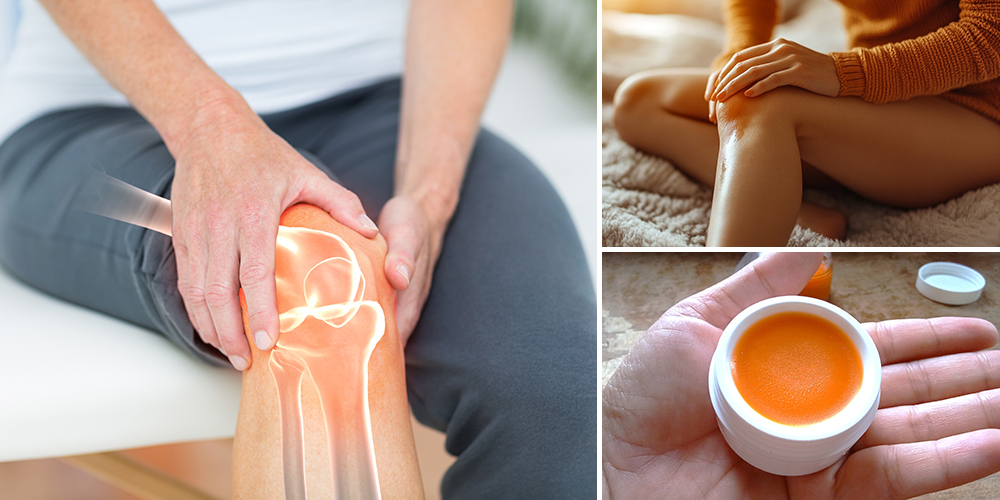
Rub This Kitchen Spice on Your Joints Before Bed
There comes a time in life when pain relievers become your constant companion. Achy, arthritic joints… cold weather making everything worse… it all adds up. But here’s something most people don’t know: Rub This Kitchen Spice on Your Joints Before Bed—and by morning, you might feel a surprising difference in your pain levels.
Many of the topicals used today come from the beneficial compounds found in plants and herbs. Some can be found in your kitchen and have been used for centuries to alleviate different kinds of pain.
Cayenne pepper is one of the most effective kitchen spices for topical pain relief. Some swear by its effectiveness when rubbing cayenne on the joints before bed. It works like over-the-counter joint pain medications for mild and chronic joint pain.
Cayenne Pepper for Joint Pain
Herbs and spices affect pain differently, and their effect may also vary from person to person. For nagging joint pain, however, our go-to topicals will likely be hot and fiery options such as liniments containing menthol.
Hot spices are indeed more effective in pain management. It desensitizes nerve pain and activates the skin’s pain sensors. As a result, you will feel less sensitive to other pain signals.
Capsaicin and menthol are popular ingredients in pain relievers – both can alleviate pain, but they have different mechanisms of action. Menthol is cooling, while capsaicin induces a burning sensation.
The choice of pain relief ingredients, whether cooling or warming, is a personal preference. But when it comes to chronic joint pain, the heat from capsaicin is more effective.
Capsaicin increases blood flow to the area and relieves stiffness and spasms. Menthol works in a contrary manner by reducing blood flow, which is more beneficial in cases of acute joint pain accompanied by swelling.
How Cayenne Works
Cayenne is an effective spice for managing long-lasting joint pain. Technically, it does not cure joint pain; it only provides temporary relief, similar to NSAIDs and other oral pain medications.
Here’s how capsaicin works for pain:
Block the Pain Signal
Our brain, spinal cord, and peripheral nerves contain an amino acid called Substance P. It is produced in the immune cells, which transfer the pain signal from the periphery to the brain. It increases the body’s sensitivity to pain and contributes to the development of inflammation.
Topical capsaicin reduces the release of substance P, thereby reducing the perception of pain. According to a published review, capsaicin can deplete the production of Substance P from nerve endings, leading to long-lasting desensitization.
But here’s the thing nobody tells you about cayenne…
If you use it wrong, it can do more harm than good.
I actually know someone who ended up with a mild chemical burn after slathering on way too much cayenne salve. Their skin turned bright red, felt like it was on fire, and they had to rinse it off immediately… completely undoing any pain relief they were hoping for.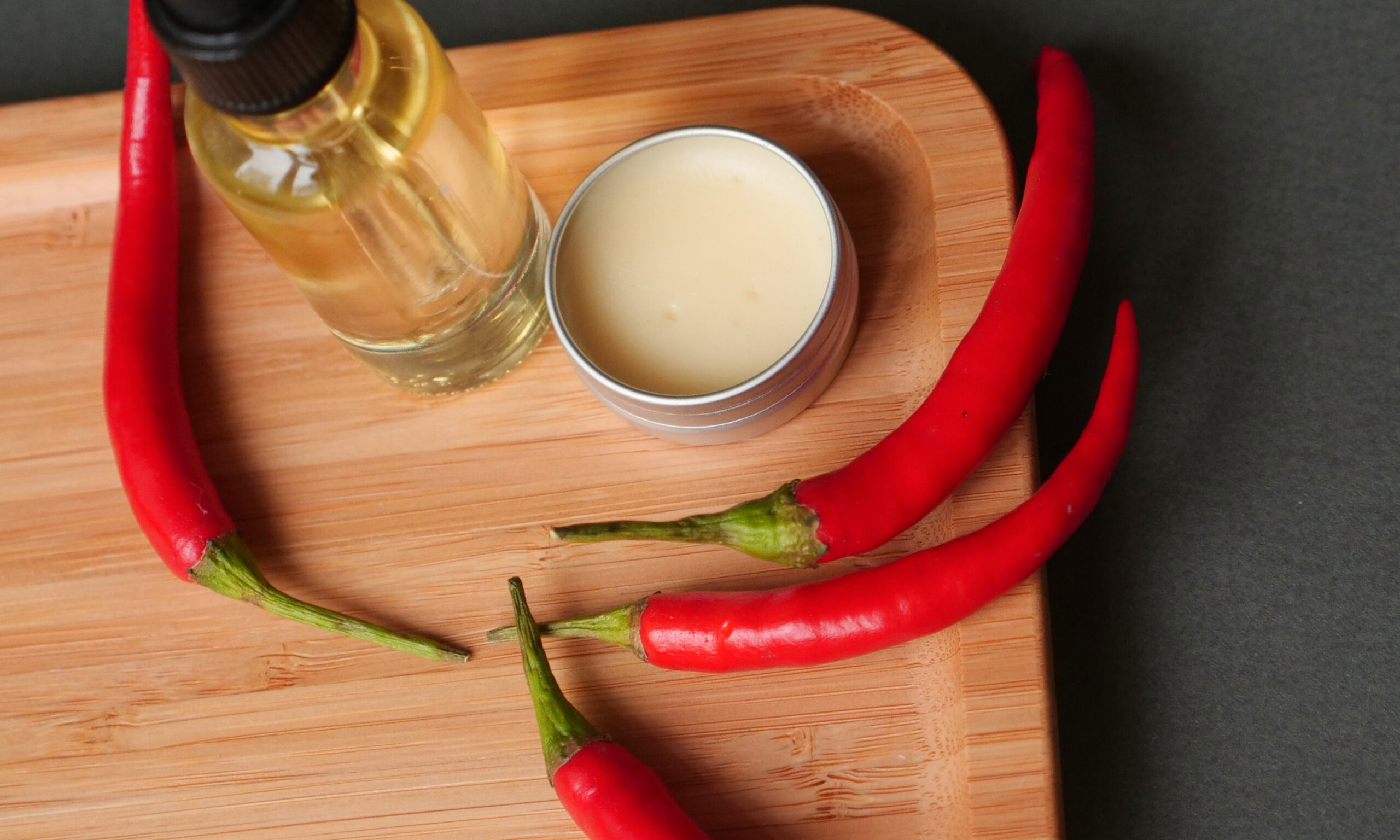
And they’re not the only one.
So many people mess this up.
They think “more cayenne = more pain relief”…
So they pile it on.
Then the burn kicks in… they panic… they wash it off after 2 minutes…
And guess what?
No pain relief. No anti-inflammatory effect. Nothing but irritation.
- That’s why if you’re serious about using capsaicin for joint pain, you need to know:
- How much is too much
- What carrier oils dilute it safely
- How long to leave it on for real results (without cooking your skin)
- And the biggest rookie mistake that ruins homemade salves like this one
Watch this guide here before you make your own cayenne remedy
(It’ll save your skin… literally.)
Improve Blood Flow
Proper blood circulation is essential for alleviating pain, as it facilitates the appropriate distribution of oxygen and vital nutrients needed to lubricate the joints. Applying capsaicin topically may improve the skin’s blood flow.
Cutaneous blood flow and increased skin temperature after applying cayenne can sensitize the skin. An experimental study demonstrated that capsaicin induced prolonged responses and enhanced blood flow in the surrounding area.
Reduce Inflammation
Capsaicin is an effective anti-inflammatory compound found in chili peppers. The burning sensation that occurs after applying it to the skin facilitates the widening of blood vessels. The spiciness in cayenne also interacts with TRPV1 receptors, which triggers the pain signal.
Initial studies investigate the potential interaction of capsaicin with TRPV1 in reducing anti-inflammatory markers. Repeated topical application of cayenne may relieve pain by desensitizing the pain receptors, although it will also trigger a burning sensation.
Confuse the Pain Receptors
The activation of TRPV1 has a desensitizing effect, which makes the pain receptor less responsive. While the hotness does not necessarily “confuse” the pain receptors, the brain becomes less reactive to capsaicin. It will not trigger any more pain, help you adapt to the burning sensation, and decrease your pain perception.
Relieve Joint Stiffness
The warming sensation of cayenne on the skin can reduce pain and inflammation, relieve stiffness, and improve joint flexibility.
The improved blood flow contributes to relaxing the muscles surrounding the joints. It enables the joints to move fluidly, which is beneficial for reducing arthritic pain and promoting post-exercise recovery.
Pain-Relief With Cayenne
Cayenne pepper is an excellent non-drug alternative to pain relievers. The warming sensation may ease joint pain, relax tired muscles, and give you a good night’s rest.
The first few applications of cayenne may cause a burning sensation. However, after a few more uses, your brain will become accustomed to it and reduce its sensitivity. So, it is essential to start very thin on the first application and gradually increase it over time.
🖐️ Before You Start Mixing… Here’s the Ready-Made Version That Already Works
I love making my own remedies… but let me be real for a second:
There are nights when the last thing I want to do is measure, melt, and strain cayenne oil—especially when my knees are screaming at me.
That’s exactly why I always keep a tin of Nicole’s Joint & Movement Salve around.
It’s made with:
✅ Organic cayenne (yes, just like the recipe below, but professionally balanced)
✅ Arnica and St. John’s Wort for extra pain relief
✅ Cottonwood buds and helichrysum for soothing inflammation
✅ Plus beeswax and vitamin E for skin protection and shelf stability
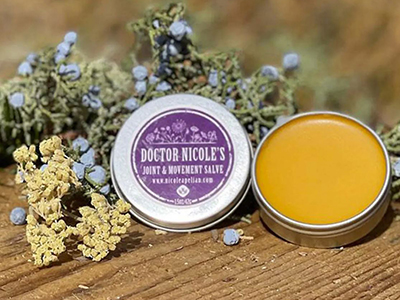 If you don’t have time (or energy) for DIY… but you still want that deep, herbal, skin-penetrating joint relief tonight…
If you don’t have time (or energy) for DIY… but you still want that deep, herbal, skin-penetrating joint relief tonight…
👉 Click here to grab the ready-made Joint & Movement Salve
And if you’re the DIY type…
Keep reading. The recipe’s right below 👇
This recipe uses coconut oil as a carrier oil for infusing the cayenne pepper powder. Coconut oil is a personal choice because it is thicker and more moisturizing than other carrier oils. It is absorbed more slowly in the skin, allowing the cayenne to leave a longer-lasting effect.
However, coconut oil is comedogenic, meaning it can clog pores and, therefore, may not be suitable for those with sensitive skin.
You may use other oils, such as olive, jojoba, grapeseed, or sweet almond, for infusion, though. Anyway, there’s one oil you should cut out of your diet right now, because every time you eat it, it triggers damage most people never realize. Click here to see what I’m talking about.
You may also add beeswax pellets to make a more solid and stable texture, but it is optional.
Easy Cayenne Salve for Joint Pains
What You Will Need:
- Double boiler or heat-resistant container
- Cheesecloth or strainer
- Glass jar, tin, or salve container
Ingredients
- ¼ cup (4 tbsp) coconut oil or any carrier oil
- 1 tbsp ground cayenne pepper
- ¼ tsp beeswax pellets (optional)

Steps
- Add coconut oil and cayenne pepper to a double boiler and heat for about 15-30 minutes. You may also use a heatproof glass jar and submerge it in hot water if you don’t have a double boiler.
- After infusing, remove from heat and strain the cayenne and coconut oil mixture into a container. You can use a fine mesh sieve or cheesecloth on top of a strainer to strain as much cayenne residue as possible.
- If using beeswax, return the strained cayenne oil mixture to the double boiler and melt the beeswax into it.
- Once melted, pour the salve into a tin or salve container and allow it to cool completely.

To use: Rub a thin layer of cayenne salve and gently rub it into aching joints and muscles before bedtime. Apply regularly, increasing the amount of each use gradually over a few weeks until you experience substantial relief.
The period it takes to feel relieved varies, depending on the individual’s tolerance.
Do not use this formula on open wounds or broken skin, as it may cause further irritation. It is also not a suitable pain relief for children under 2 years old. Use it in older children in small amounts and only for a short period.
Avoid cayenne if you are allergic to capsaicin and hot peppers. You should not apply other topicals to areas where you have already applied cayenne salve. And make sure you don’t touch your nose, eyes, and face when making this because it will burn.
Alternatively, you may use other spices in this recipe instead of cayenne, such as ginger, cinnamon, or turmeric powder.
If you are using spices that stain, you can easily remove them from the skin using vinegar, and be mindful of your clothing.
🛑 Surface Pain Relief Is Just Step One… But What About the Inflammation Inside?
You’ve got the DIY salve now… and that’s a great start for soothing your joints from the outside.
But here’s the hard truth most people miss:
👉 If you’re only treating joint pain on the surface…
👉 If you’re not calming the internal inflammation…
👉 If your immune system and gut are still in overdrive…
The pain will keep coming back.
That’s why I also keep the Joint & Movement Bundle on hand.
It’s a full herbal toolkit designed to hit joint pain from every angle—inside and out.
Inside, you’ll get:
✅ The Joint & Movement Salve (the one we talked about—ready-made, shelf-stable, and mess-free)
✅ A Balanced Gut Tincture to calm hidden inflammation at its root
✅ Stinging Nettle Tincture for histamine and immune support
✅ Turkey Tail and Reishi Mushroom Tinctures for deeper immune and anti-inflammatory support
If your joints are already stiff… if you wake up sore… or if your recovery takes longer than it used to…
This is the complete support your body’s been asking for.
👉 Click here to check out the full Joint & Movement Bundle
Because relief shouldn’t stop at your skin.








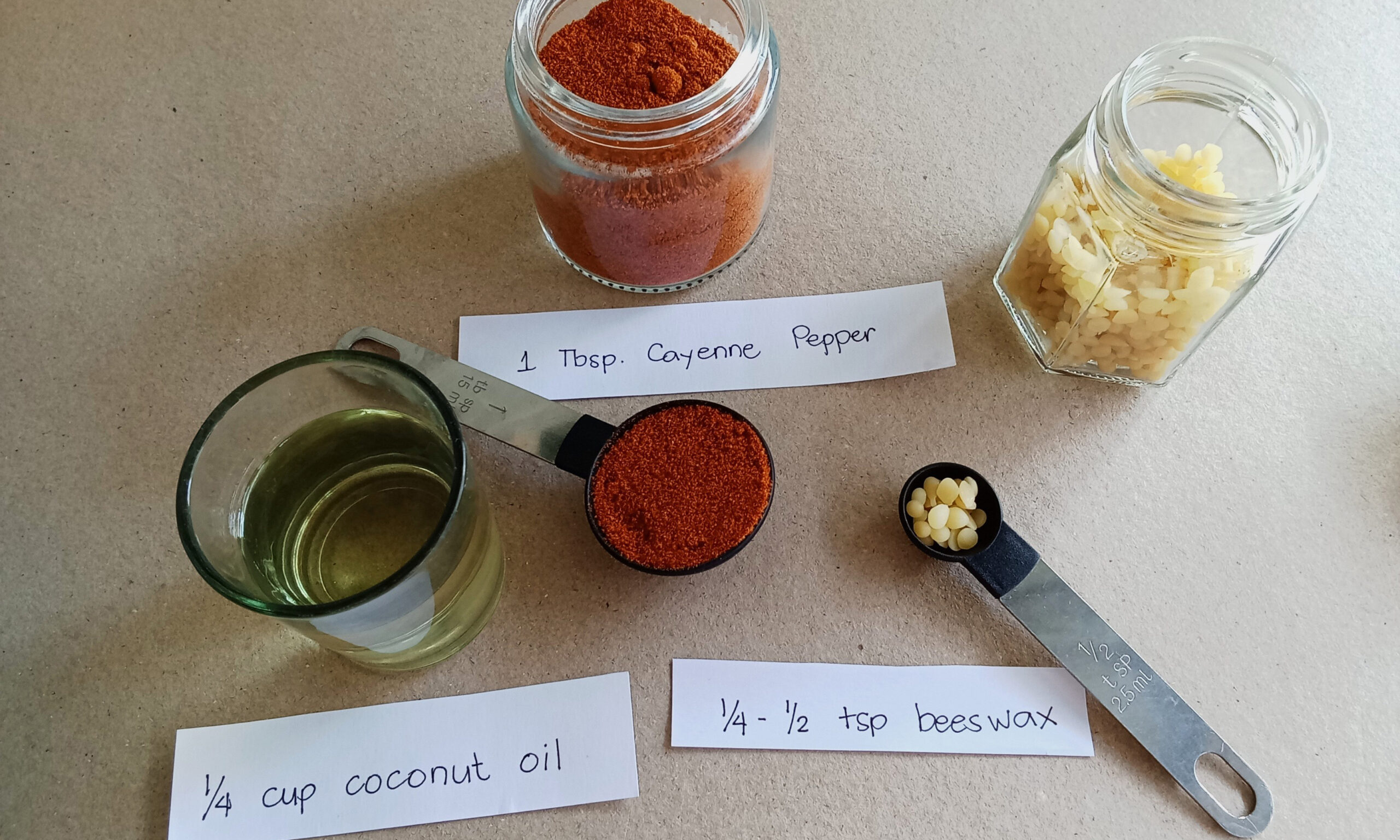
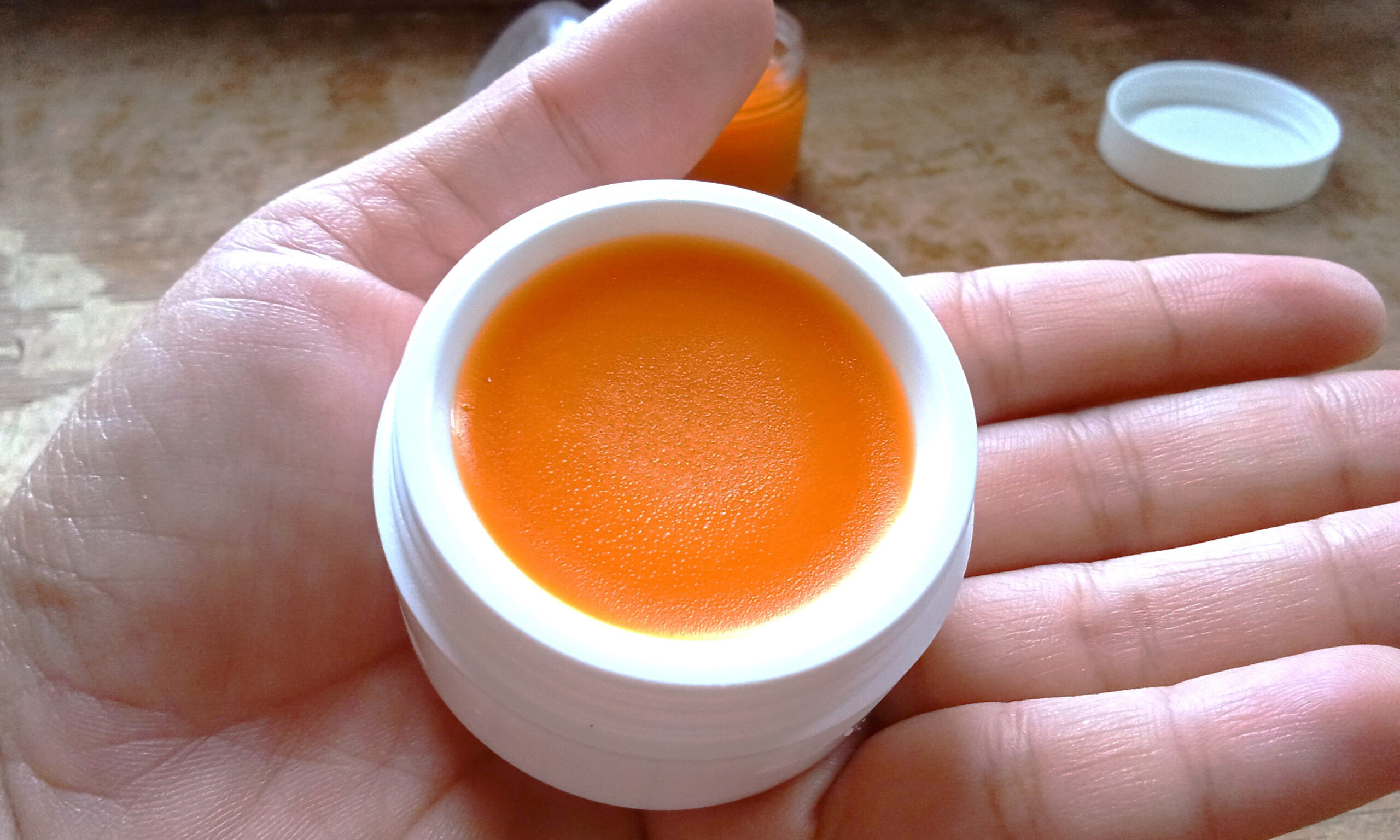
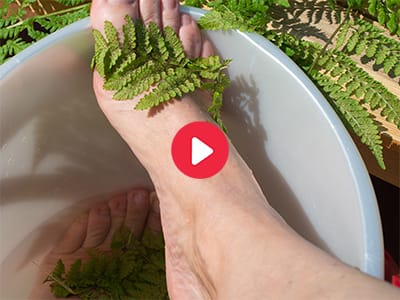
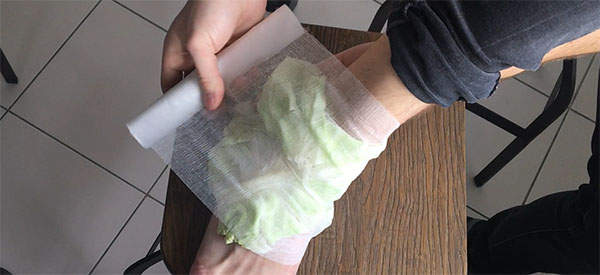
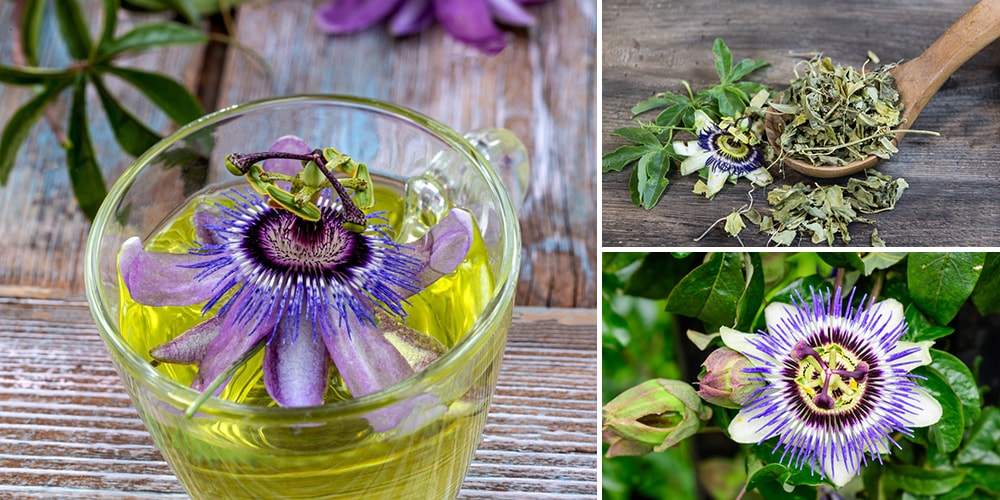
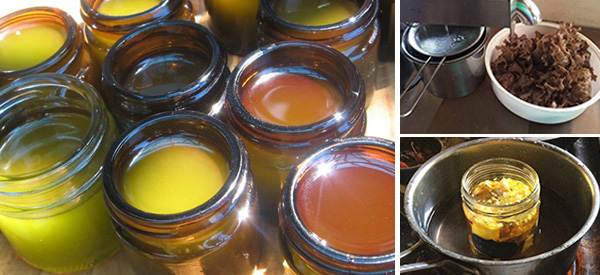
Ma’am We grow our own cayennes and dry them and grind to powder. On this rub do I use crushed or powder ?
Good for you!
Use Powder.
I sometimes also add cinnamon, tumeric, ginger. Works great and smells wonderful but can strain!